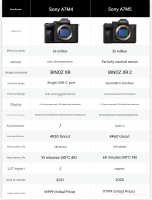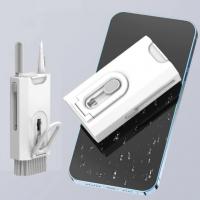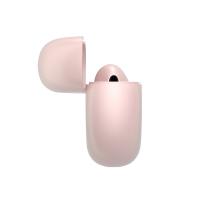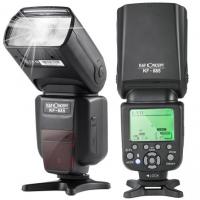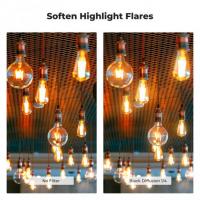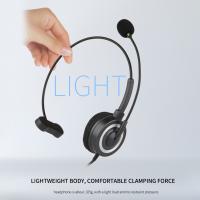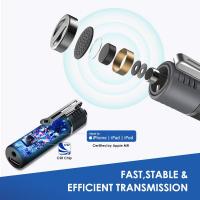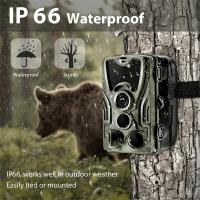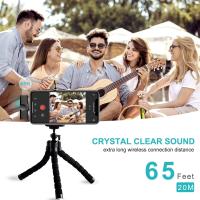What are Lens Adapters?
In photography, a lens adapter is a device that enables the use of camera and lens combinations from otherwise incompatible systems.
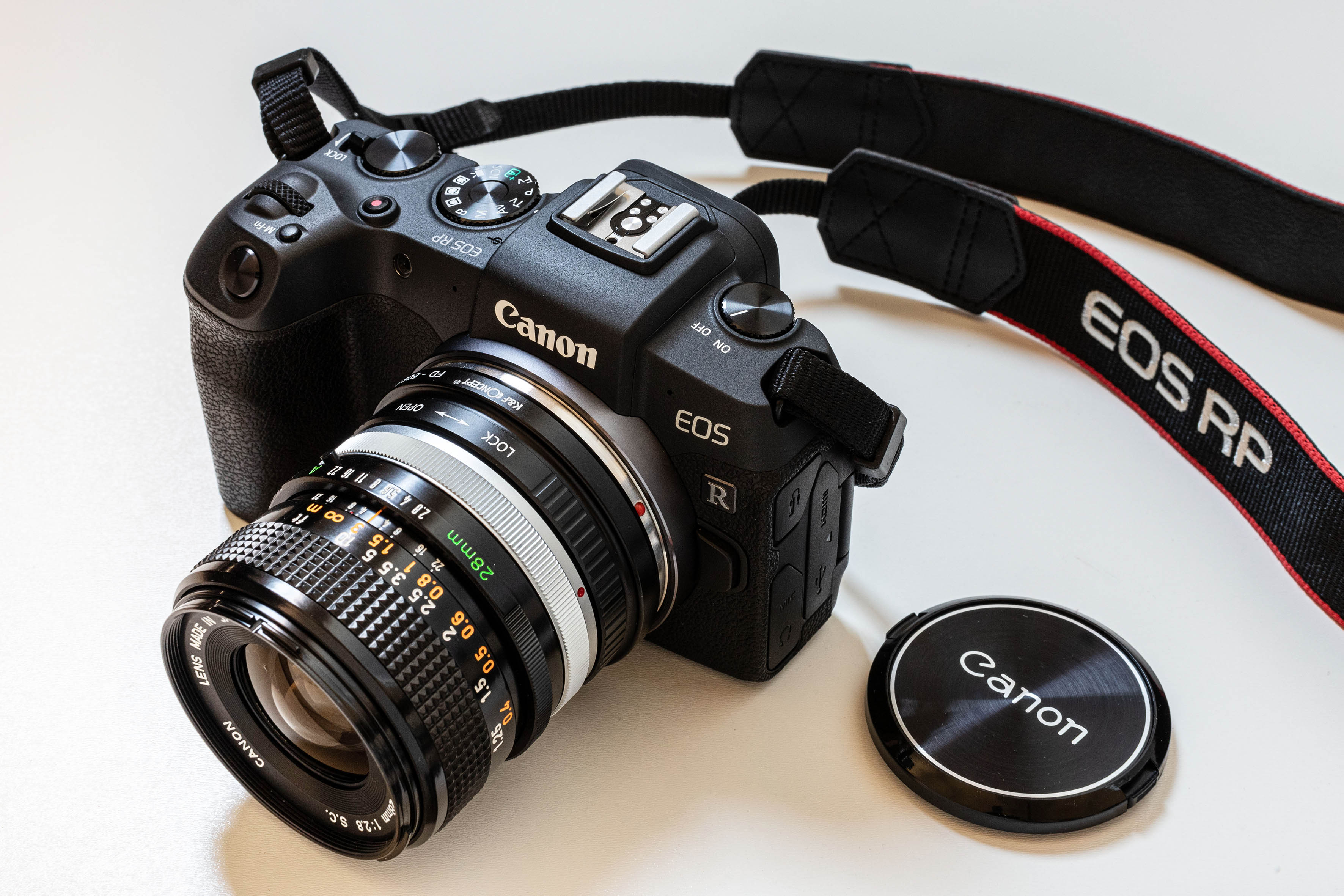
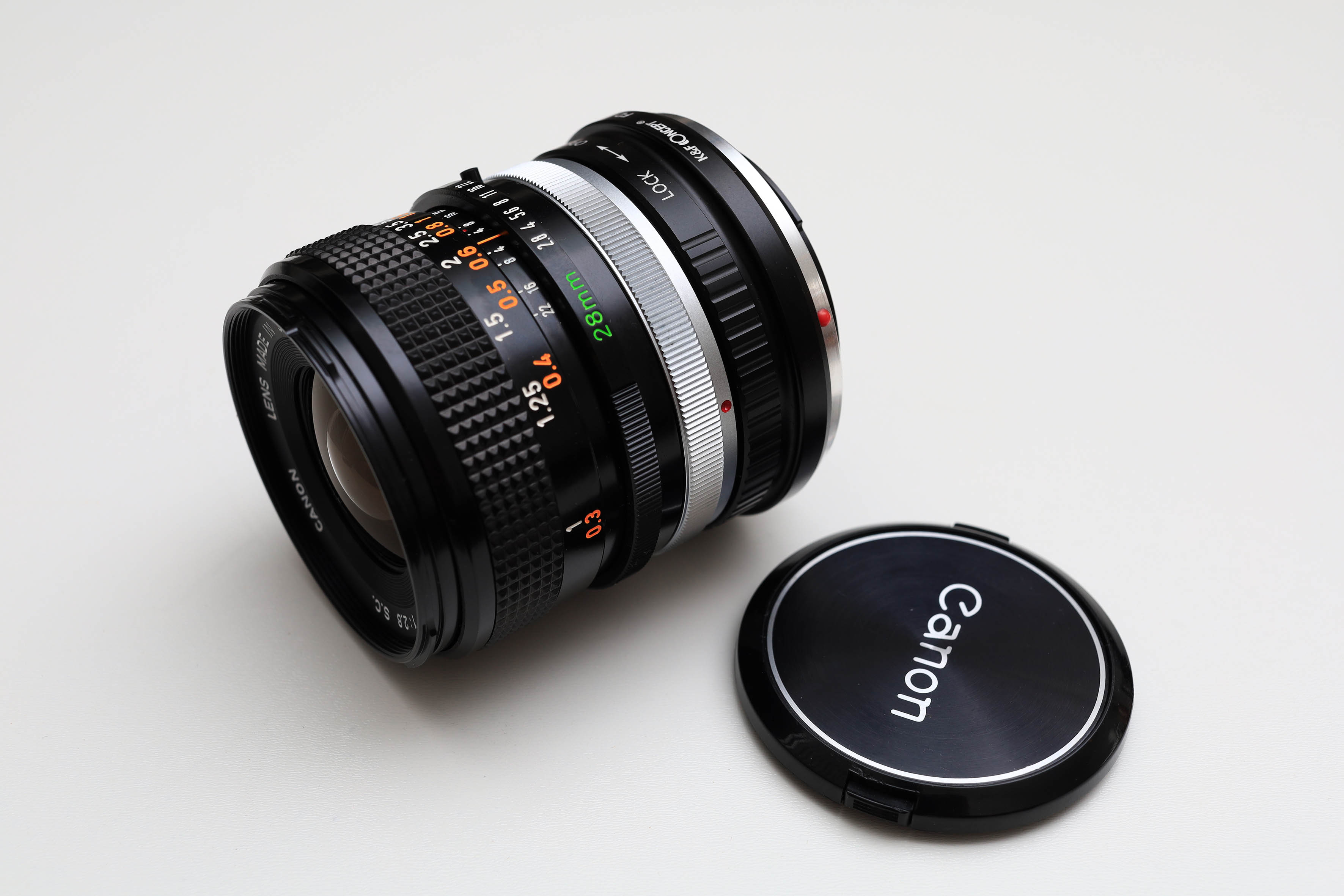
How to identify the Mount Size?
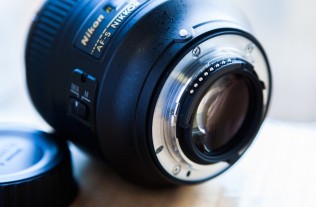
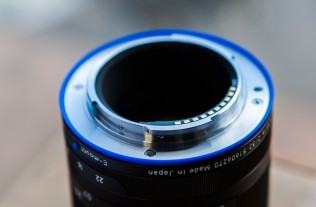
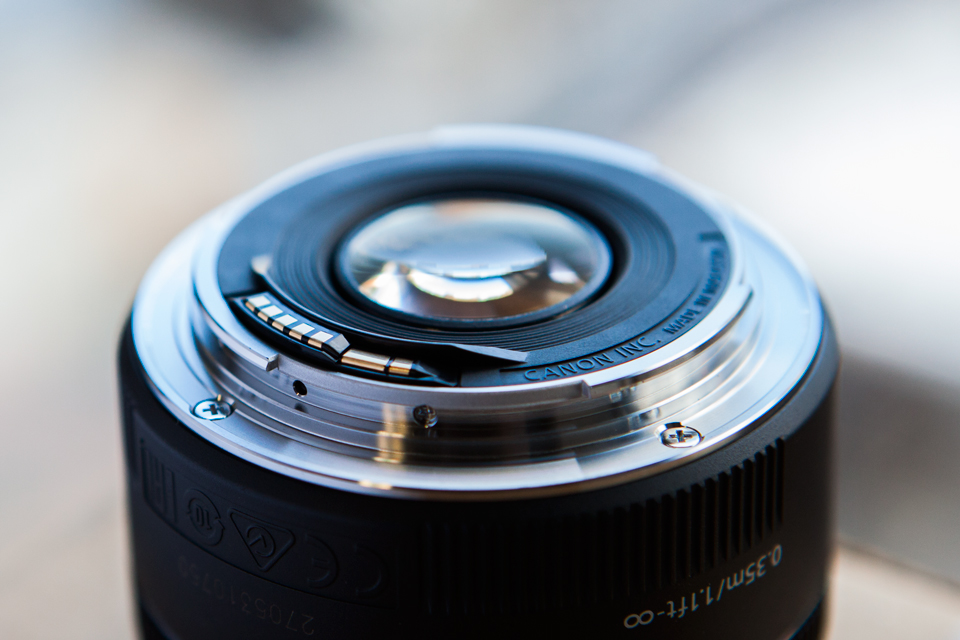
When it comes to mount size, there are a few important measurements that need to be done correctly, especially when a lens mount is being compared to another one. There is throat size, inner diameter and outer diameter, and all of them mean different things. Let’s take a look at different measurement criteria and their differences.
Throat Size
The throat size of a lens mount is the inner diameter of a mount, minus the tabs that are used to mount lenses. Throat size gives us a more accurate representation of the potential of the mount and is important for calculating the angle of incidence, which we will discuss below.
Take a look at the below image to understand how the throat size is measured on a system:
As you can see, the distance measured is between the two tabs on the inner side of the mount.
Inner Diameter
The inner diameter of a lens mount represents the size of the lens opening ignoring the tabs on the mount. This measurement is often provided by camera manufacturers to give us an idea of the overall size of the lens mount.
Please note that the measurement is taken of the outermost inner part of the mount here. Due to the small additional recess within the inner mount in the case of Nikon F, there is an additional loss of 0.5mm to clear it. Hence, while the inner diameter is 47mm as measured above, it is technically 46.5mm between the inner parts of the mount.
Outer Diameter
The outer diameter of a lens mount is the full diameter of the bayonet mount, which in most cameras represents the end of the metal mount. The outer diameter of the mount plays an important role in determining the approximate outer diameter of the rear part of a lens, as it must be able to wrap itself over the outer diameter.
Now that we have gone through all the terms and definitions, let’s go ahead and compare different camera mounts based on their throat and inner diameters, as well as flange distance and angle of incidence:
Description |
Throat Diameter |
Inner Diameter |
Flange Distance |
Angle of Incidence |
Format |
Leica M |
40.0mm |
44.0mm |
27.8mm |
16.05° |
Full Frame |
Fujifilm X |
40.7mm |
43.5mm |
17.7mm |
35.34° |
APS-C |
Minolta SR |
42.0mm |
45.0mm |
43.5mm |
11.69° |
Full Frame |
Sony E |
43.6mm |
46.1mm |
18.0mm |
28.58° |
Full Frame |
Nikon F |
44.0mm |
47.0mm |
46.5mm |
12.14° |
Full Frame |
Pentax K |
44.0mm |
48.0mm |
45.5mm |
12.40° |
Full Frame |
Leica L |
48.8mm |
51.0mm |
19.0mm |
33.13° |
Full Frame |
Canon EF |
50.6mm |
54.0mm |
44.0mm |
16.82° |
Full Frame |
Canon RF |
50.6mm |
54.0mm |
20.0mm |
33.62° |
Full Frame |
Nikon Z |
52.0mm |
55.0mm |
16.0mm |
41.19° |
Full Frame |
Fujifilm G |
62.1mm |
65.0mm |
26.7mm |
28.67° |
Medium Format |
Lens Adapters suggestion:
Do somehomework before buying an adapter to make sure you are getting the quality and features you need. Consult the websites of adapter makers to ensure you’re getting the functionality you expect. Most important, make sure your adapter will allow you to focus throughout the entire native focus range of the lens, especially infinity focus (good adapters won’t affect focus at all).
What Adapter Should I buy?
Lens adapters come at a wide range of prices. Some expensive ones are precisely the right length for lenses to focus correctly across their designed range, and have finely machined mounts that are perfectly parallel to each other. In contrast, some low quality ones can be roughly made and at worst, lenses may barely fit at all.
But if you just want more reliable and budget options, K&F Concept lens adapter can be a good choice.
Click here to check all KF Lens Adapter

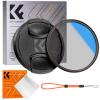
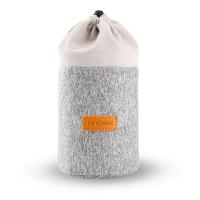

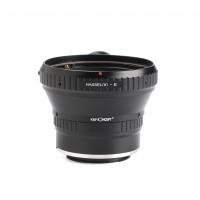
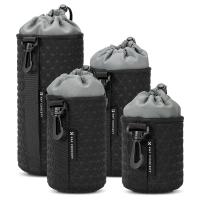
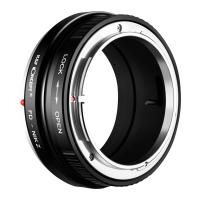
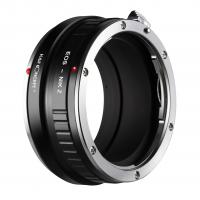

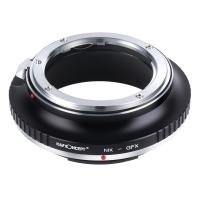



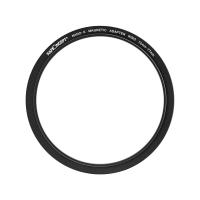
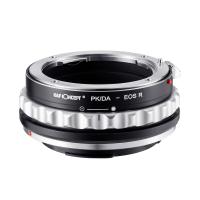






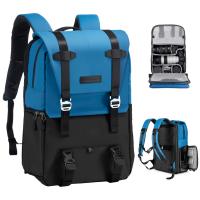
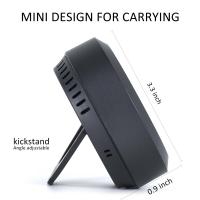
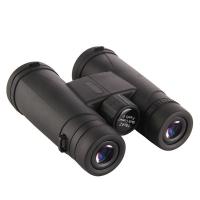


-200x200.png)
